Plymouth's Rapid Transit System Was The Most Innovative Muscle Car Promotion Of The Era
The year was 1970, and Plymouth was jealous. Roughly 12 months earlier, sister brand Dodge had launched the Scat Pack, a marketing plan that could transform the casual Mopar fan into a card-carrying member of a club representing a group of fearsome muscle machines. It only cost $3 to join the Pack, and once you did Dodge would mail you a bunch of swag so you could proudly display your loyalties with stickers and patches, as well as stay in touch with the latest that the company had to offer by way of magazines, newsletters and product guides.
The best part? Dodge didn't actually have to spend any money on its product in order to make the Scat Pack a reality. Each of its muscle machines was automatically included in the gang, and a full-on advertising blitz would tie each of Dodge's V8-powered offerings together under a variety of Scat Pack guises.
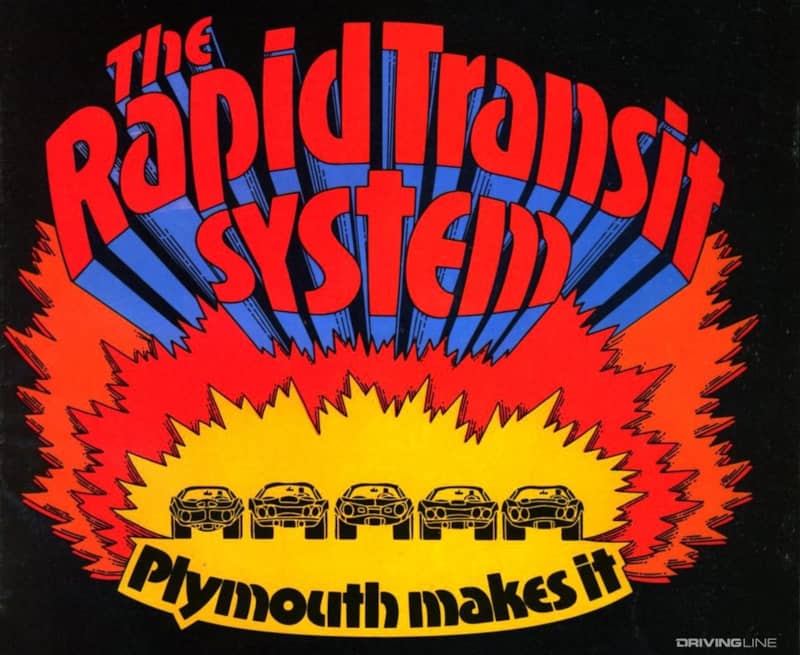
Armed with the template set by its sibling, Plymouth decided to implement its own customer outreach program—but with a twist. Enter the Plymouth Rapid Transit System, an initiative that would surpass the Scat Pack in terms of reach and target grassroots performance enthusiasts in a new and novel fashion.
Can't Beat The System
As with the Scat Pack, Plymouth didn't see a need to make any changes to its already formidable line-up of muscle cars when it introduced the Rapid Transit System for 1970. With models like the 'Cuda, GTX, Road Runner and the 340 V8 Duster, there was already enough horsepower flowing from the head office to keep owners satisfied.
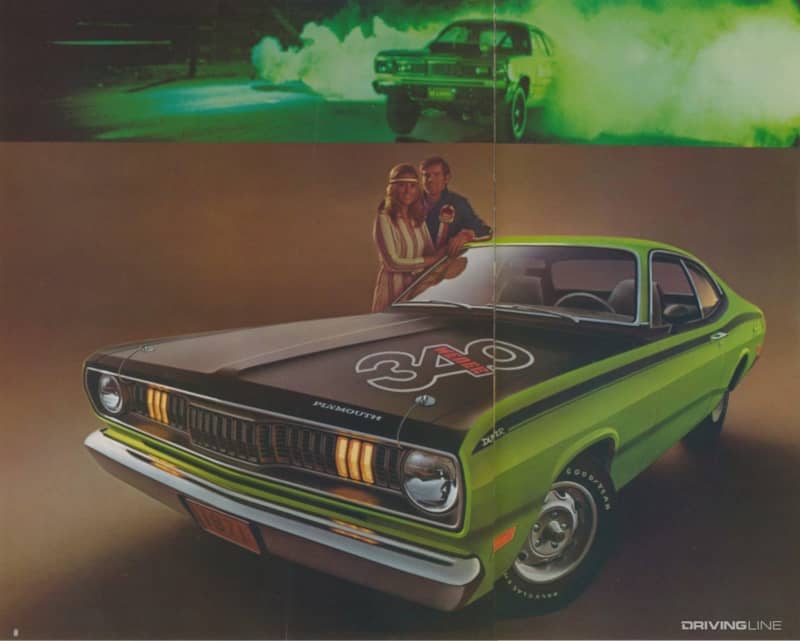
Instead, it focused on promoting the idea that each of these vehicles was part of the 'System' —a vast, overarching performance plan that included not just Plymouth's street cars, but also its NASCAR, NHRA and Trans Am racing efforts. A strong emphasis was placed on the idea that the free-flow of parts and know-how between each of these elements produced an environment where Plymouth owners could squeeze out as much speed from their daily drivers as their budgets would allow.
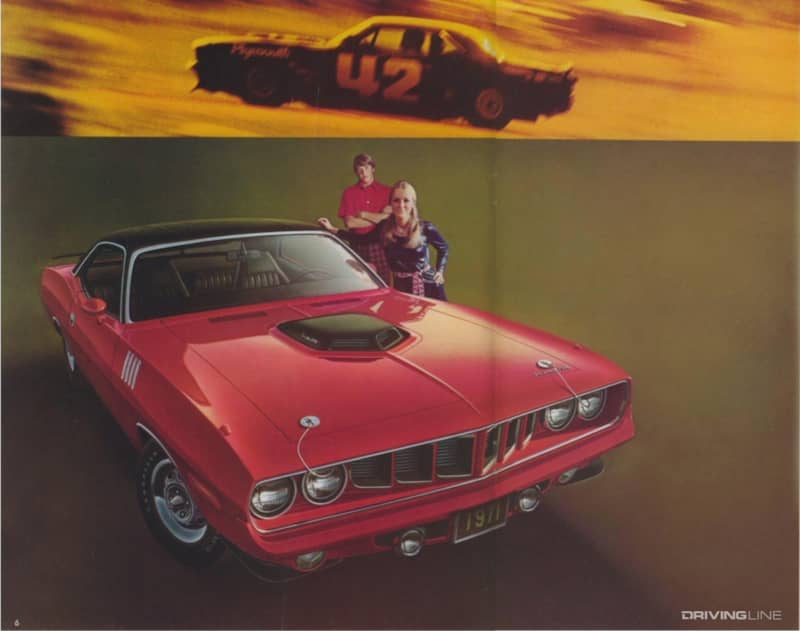
This wasn't just reflected by the ad campaigns surrounding the Rapid Transit System, but also the training that was given to the dealers and salespeople who were on Plymouth's front lines. To fully buy-in on the RTS, Plymouth suggested that franchises create 'Rapid Transit System Centers' and stock the brightest colors, biggest engines, and most aggressive wheel, tire and rear-end gear ratios available from the parts catalog.
Join The Caravan
Where Plymouth really pushed the Rapid Transit System past Dodge's Scat Pack was with two unique promotional efforts that would give enthusiasts a real world connection to the concept.
The automaker had already been running what it called 'Supercar Clinics' in partnership with the Sox & Martin drag racing team since 1967 as a way of promoting its NHRA campaign. It was a novel idea: recoup part of its investment in the team by having affiliated drivers trained in how to teach the public about Plymouth's products, its competitive efforts and how to hop-up their own cars.
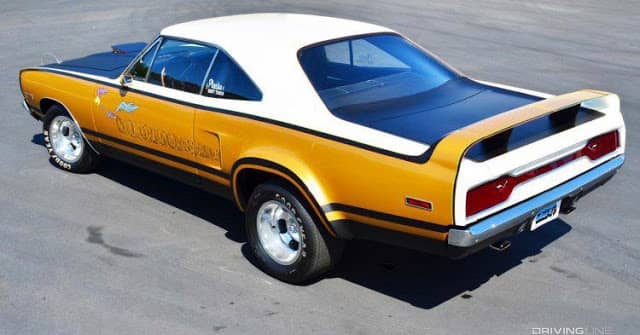
These Supercar Clinics were incorporated under the Rapid Transit System banner starting in 1970, and would last until the end of the following year. Although sporadic, and linked to the racing schedule itself, there was no other promotion like it on the muscle car market.
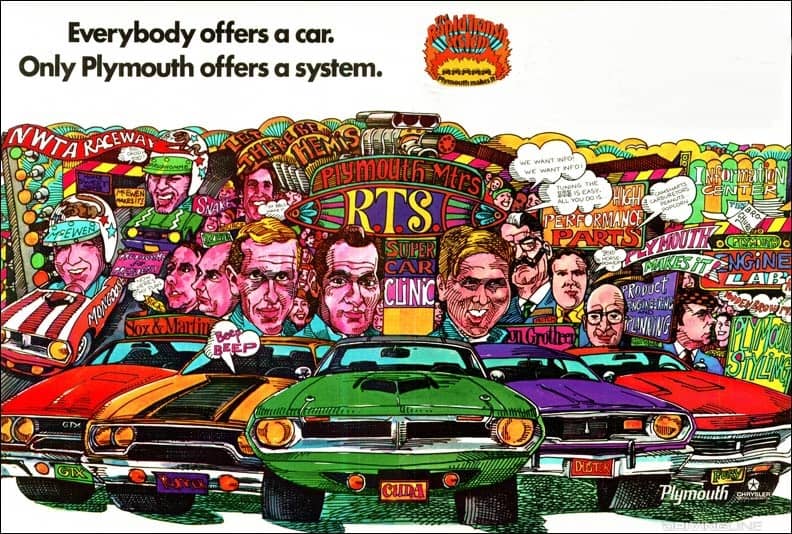
An even bolder outreach came in the form of the Rapid Transit Caravan. Composed of brand-new Plymouths modified in-house using Mopar Direct Connection parts and customized with eye-grabbing paint and body mods, the initial tour consisted of a 'Cuda, a Duster and a Road Runner. The look of the cars was designed by Hot Wheels alumnus Harry Bradley, and were finished by Roman's Chariot Shop, Byron Grenfell and Styline Custom, all under the supervision of Bob Larivee, who had made a name for himself as the driving force behind the Detroit Autorama.
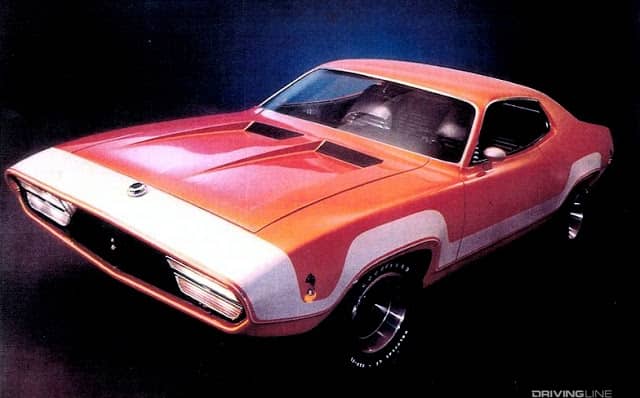
Combined with a Barracuda funny car belonging to Don Prudhomme, Plymouth made the Rapid Transit Caravan available to dealers that were willing to host and promote it anywhere in the country. The Caravan would continue the following year, with the Road Runner replaced by a next-generation version of the car and each of the carry-over cars being re-styled to keep them fresh and exciting, and lure repeat customers.
Plymouth's Best Moment
By 1972 the muscle car era was winding down as pressure from insurance companies and rising oil prices would begin to crash the horsepower party. Plymouth would keep the Rapid Transit System in play for one final year, with much the same cast of characters, before shuttering the campaign.
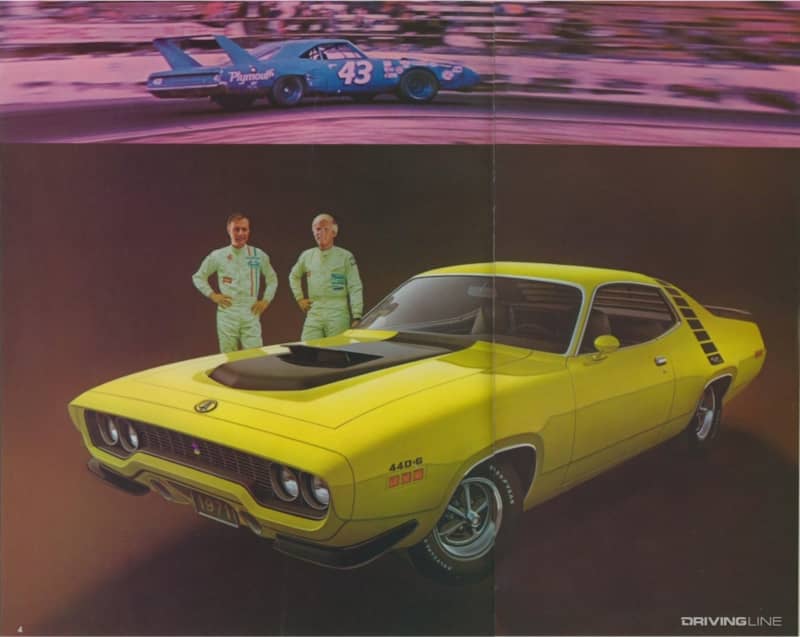
Given the smallish size of Chrysler in comparison to its Ford and General Motors rivals, and the comparatively modest reach of the Plymouth brand itself, the Rapid Transit System was truly an innovative way to make the most of an already-excellent vehicle line-up. Not much more was invested other than promoting the excitement and razzle-dazzle represented by participation in racing and alliances with popular car customizers. By bringing both to a wider audience, would-be and existing owners were made to feel part of one great big-block family. It was a fitting end to what would stand as the brightest chapter in Plymouth's entire history.
Can't get enough Mopar action? Check out our round-up of the best Plymouths, Dodges, and Chryslers to hit the movie screen.







